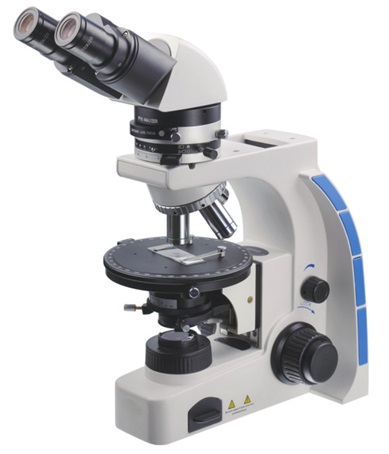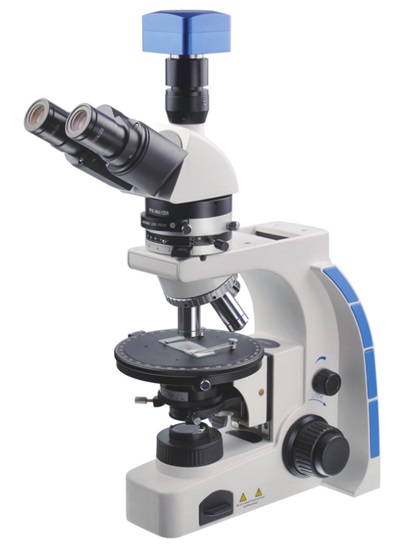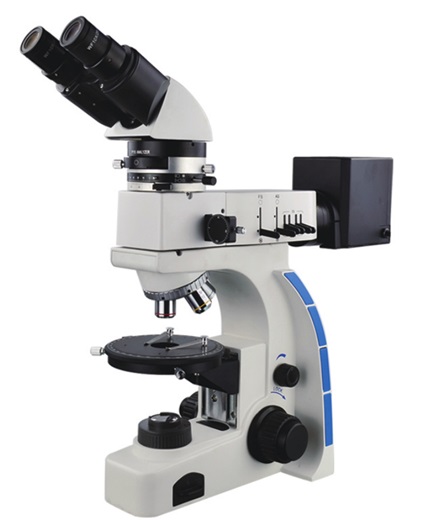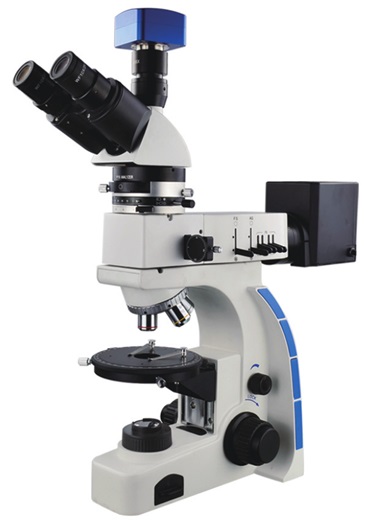|
|
 |
STUP202i
Polarizing Microscope, UCIS optical system for clear, precise imaging. Objective lenses from 4X up to 60X magnification. Rotatable stage for detailed polarized light analysis. High numerical aperture condenser. Hinged binocular observation head, 30° tilt, 360° rotation, diopter adjustment (±5), interpupillary distance 52~75mm
|
|
6-10 Weeks |
Request for quote |
|
|
|
 |
STUP203i
Polarizing Microscope, UCIS optical system for clear, precise imaging. Objective lenses from 4X up to 60X magnification. Rotatable stage for detailed polarized light analysis. High numerical aperture condenser. Hinged trinocular observation head, 30° tilt, 360° rotation, diopter adjustment (±5), interpupillary distance 52~75mm
|
|
6-10 Weeks |
Request for quote |
|
|
|
 |
STUPT202i
Transflective Polarizing Microscopes, UCIS optical system for clear, precise imaging. Objective lenses ranging from 5X to 50X. Rotatable stage for polarized light analysis. High numerical aperture for enhanced detail observation High numerical aperture condenser. Hinged binocular observation head, 30° tilt, 360° rotation, diopter adjustment (±5), interpupillary distance 52~75mm
|
|
6-10 Weeks |
Request for quote |
|
|
|
 |
STUPT203i
Transflective Polarizing Microscopes, UCIS optical system for clear, precise imaging. Objective lenses ranging from 5X to 50X. Rotatable stage for polarized light analysis. High numerical aperture for enhanced detail observation High numerical aperture condenser. Hinged trinocular observation head, 30° tilt, 360° rotation, diopter adjustment (±5), interpupillary distance 52~75mm
|
|
6-10 Weeks |
Request for quote |
|